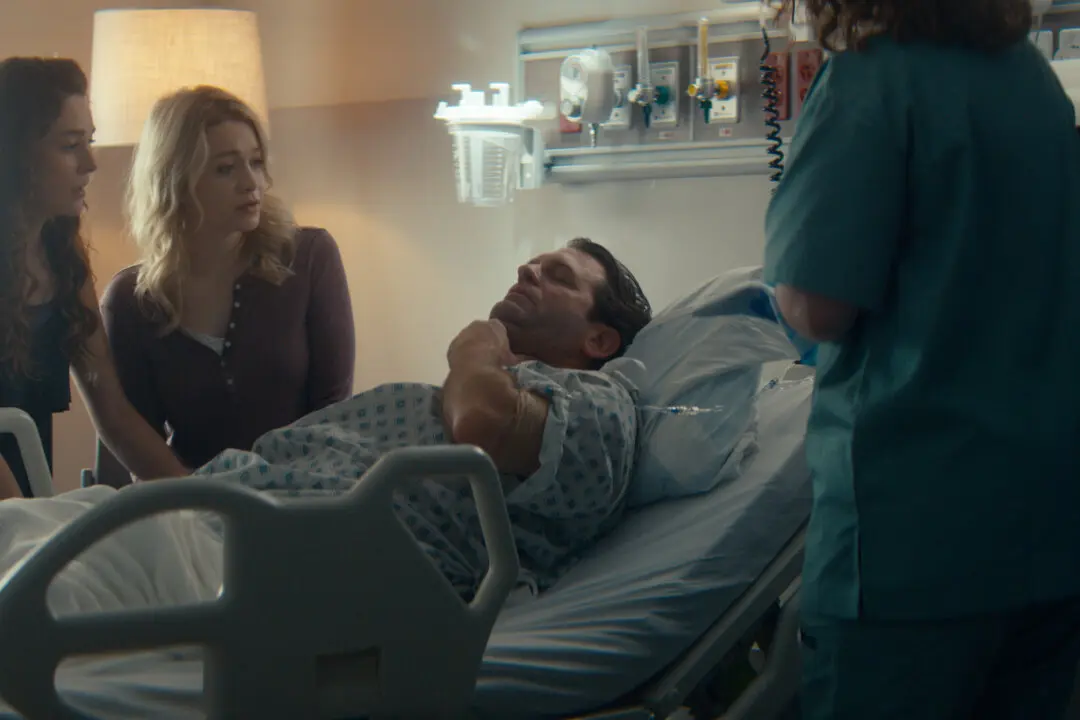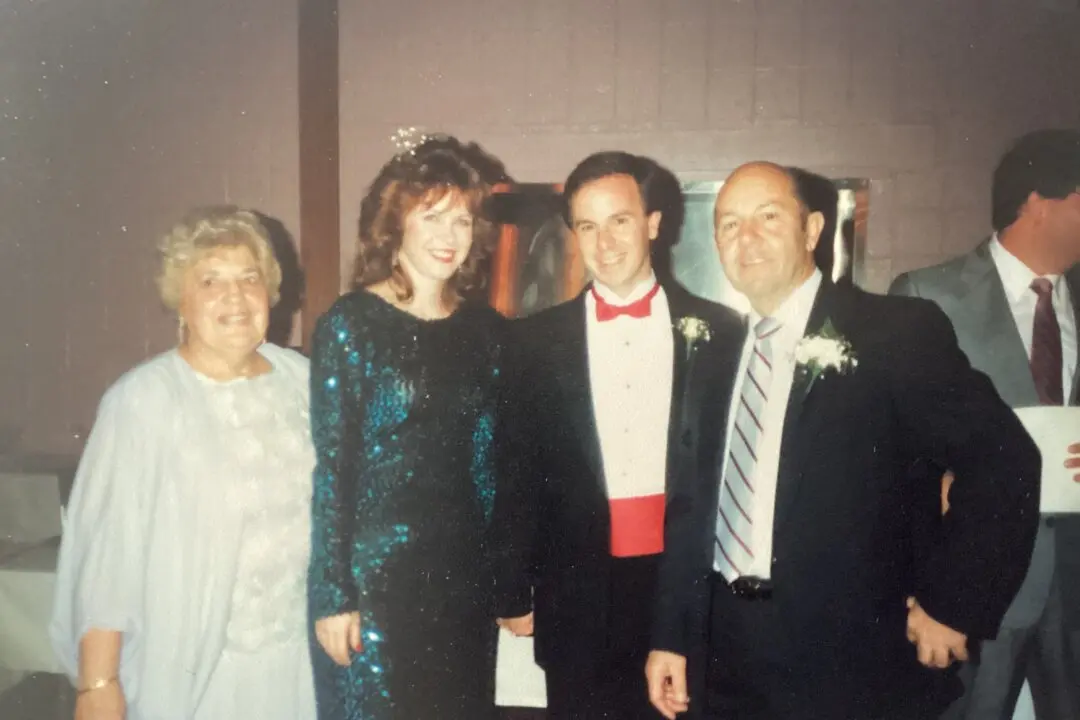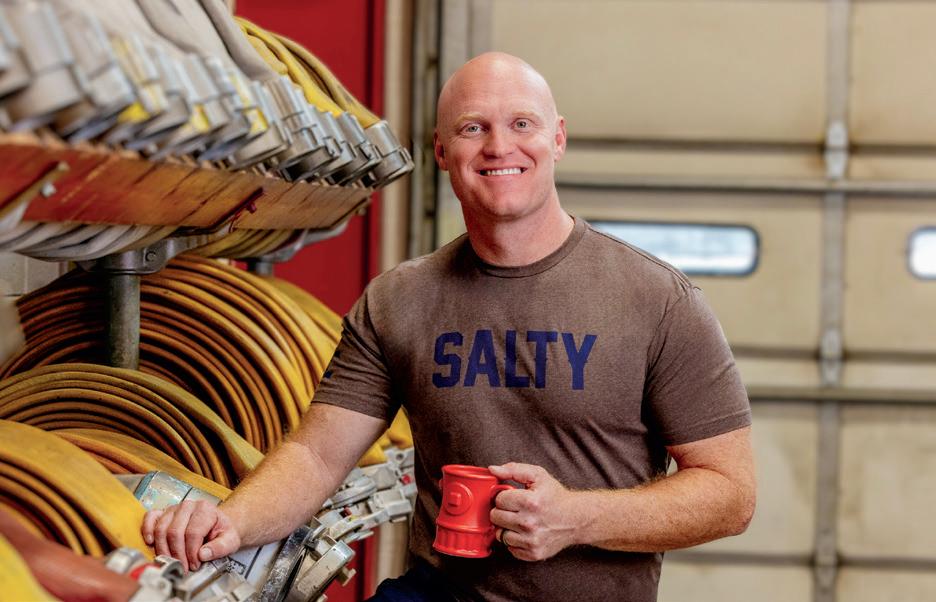When I was a rookie TV reporter, I tagged along with a photographer who had a gig shooting video depositions. As he was about to set his lights, he asked the attorney, “Do you want him to look innocent or guilty?”
“He’s guilty. This is a slam-dunk case.”
The photographer nodded. He didn’t bother to set up a backlight, which always improves the video. Instead, he placed one harsh light directly in front of the chair. When the deposition was over, the guilty party looked like a guy from a horror movie.
Lighting is just one subtle trick the media uses. It can make an average person look great and turn Margot Robbie into a plain Jane.
Or make a good politician look almost evil. And an evil one look like a saint.
The country has become wise to media bias since most so-called “journalists” don’t even try to hide their personal agenda anymore. But a news organization can still slant a story with techniques a viewer or reader probably won’t notice.
Would you believe I can change the tone of a story with one word? It’s easy.
“State Senator Jones introduced a bill today.”Nothing biased about that, right? Let me simply add one word to change your impression of the politician.






